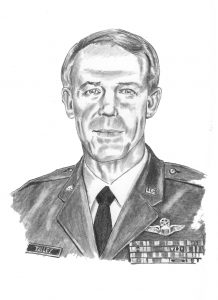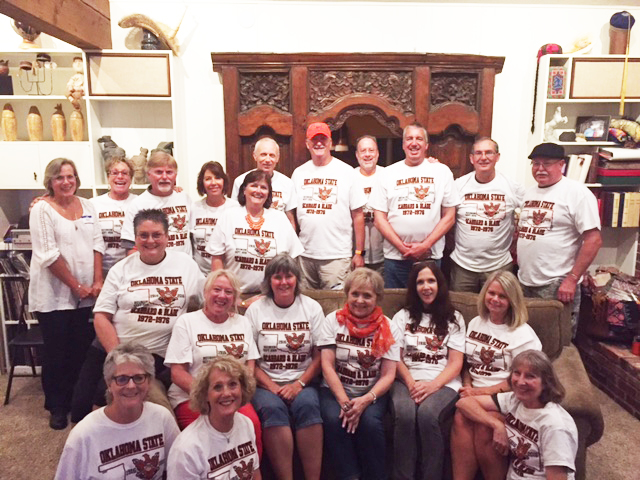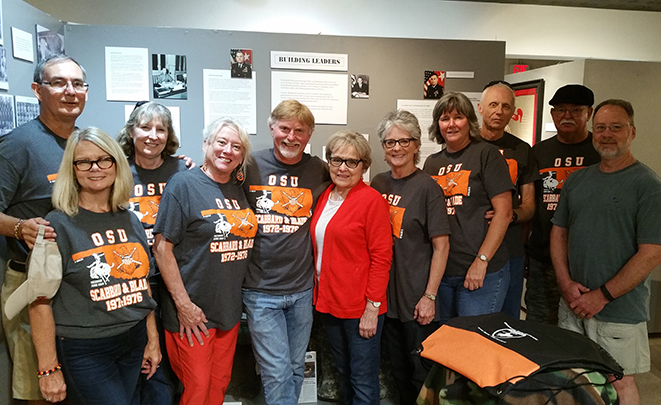 Sgt. Gary Banz, who served 12 years as a legislator after military service, will receive this year’s Douglas O. Dollar Distinguished Service Award for creating the Oklahoma Honor Flights organization in 2009 for World War II veterans.
Sgt. Gary Banz, who served 12 years as a legislator after military service, will receive this year’s Douglas O. Dollar Distinguished Service Award for creating the Oklahoma Honor Flights organization in 2009 for World War II veterans.
The program was a way to show the nation’s and state’s gratitude by transporting U.S. Military veterans of World War II, free of charge, to Washington, D.C., to see the World War II Memorial.
By the time the Honor flights ended six years later, Banz’ organization had paid tribute to 2,055 veterans on 24 flights. Banz obtained commitments and pledges from various individual and corporate donors to raise the money for each flight ahead of time. Korean War veterans were included in some of the later flights when there were extra charter seats available.
Banz was born Dec. 7, 1945, in Sylvia, Kan. He served as a Chaplain’s assistant from 1968 to 1970 with the Army’s 38th Artillery Brigade in Korea. He later was assigned to the U.S. Army Reserve. Banz’s awards include The Army Achievement Medal and Army Commendation Medal.
Banz was a teacher and coach at Putnam City High School, Ada High School and Midwest City High School. He was elected to the Oklahoma Legislature in 2005. He finished his legislative service in 2016 because of term limits.
The Douglas O. Dollar Distinguished Service Award is for service to veterans and is named for Maj. Gen. Dollar, a Vietnam veteran and founder of the Oklahoma Military Hall of Fame.

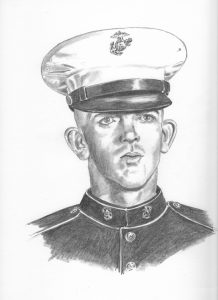 Corporal James T. Johnson was born Aug. 16, 1947 in Wynnewood. After his father’s death, he moved to Davis to support his family as an oil field worker.
Corporal James T. Johnson was born Aug. 16, 1947 in Wynnewood. After his father’s death, he moved to Davis to support his family as an oil field worker.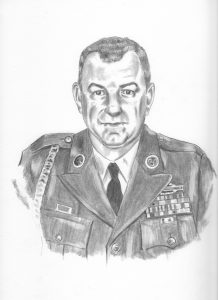 First Lieutenant Lowell E. Jones was born Feb. 8, 1919, in Ada. He enlisted in the Army on Sept. 23, 1941, and served with the 45th Infantry Division in the invasion of Sicily and the invasion of Southern France where he received the Bronze Star Medal and Purple Heart.
First Lieutenant Lowell E. Jones was born Feb. 8, 1919, in Ada. He enlisted in the Army on Sept. 23, 1941, and served with the 45th Infantry Division in the invasion of Sicily and the invasion of Southern France where he received the Bronze Star Medal and Purple Heart.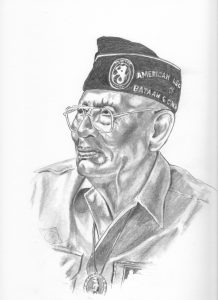 Corporal Phillip W. Coon, a Muscogee Creek Native American, was born May 28, 1919, in Okemah and is a graduate of Haskell Institute in Lawrence, Kan.
Corporal Phillip W. Coon, a Muscogee Creek Native American, was born May 28, 1919, in Okemah and is a graduate of Haskell Institute in Lawrence, Kan.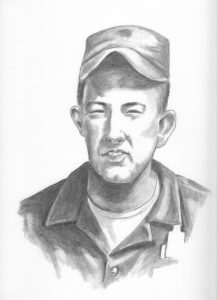 Chief Master Sergeant Donald J. Hall, was awarded two Silver Stars, one posthumously. Born March 26, 1937, in Wichita, Kan., Hall was raised in Stroud, graduating from high school there.
Chief Master Sergeant Donald J. Hall, was awarded two Silver Stars, one posthumously. Born March 26, 1937, in Wichita, Kan., Hall was raised in Stroud, graduating from high school there.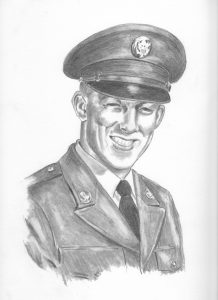 Specialist 4 Willard F. Parish was born June 30, 1941, and grew up in Bristow. He entered the Army in November 1963 and trained as a mortarman.
Specialist 4 Willard F. Parish was born June 30, 1941, and grew up in Bristow. He entered the Army in November 1963 and trained as a mortarman.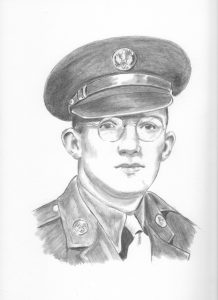 A Marlow native, who was awarded the Medal of Honor posthumously during World War II, will be inducted into the Oklahoma Military Hall of Fame on Oct. 21 in Norman.
A Marlow native, who was awarded the Medal of Honor posthumously during World War II, will be inducted into the Oklahoma Military Hall of Fame on Oct. 21 in Norman.